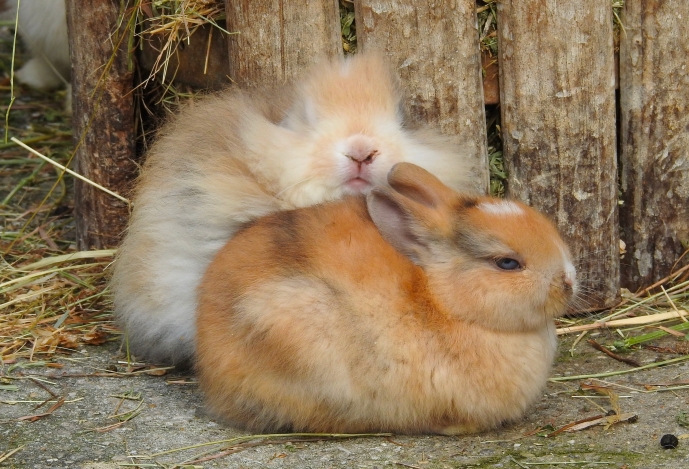Genetic adaptation of domestic rabbits in the wild revealed by genome sequencing

A recent study published in Nature Ecology and Evolution unveils how domesticated rabbits transition into invasive species.
An international team led by BIOPOLIS-CIBIO and Uppsala University (Sweden) sequenced the genomes of nearly 300 rabbits across three continents to explore the factors that lead to the successful reintroduction of domestic rabbits into the wild. The researchers found that feral rabbit populations exhibit a blend of domestic and wild genetic origins. Domestication-related traits are often eliminated in the wild due to natural selection, as they increase rabbits’ vulnerability to predation – as evidenced by the varying coat colours between domestic and feral rabbits.
This research provides crucial insights into how domestic animals re-adapt to the wild, with implications for managing invasive populations globally. The study contributes to understanding the evolutionary processes behind domestication and feralization, aiding in future risk assessments and conservation efforts, and highlights the significance of preventing the introduction of invasive species.
This study was featured in national and international newspapers:
How Furry Pet Rabbits Can Become Invasive Feral Pests | Time | June 26, 2024
From pets to pests: How domestic rabbits survive the wilderness | Phys.org | June 24, 2024
Investigadores revelam como coelhos domésticos sobrevivem no meio selvagem | PÚBLICO | June 21, 2024
Investigadores revelam como coelhos domésticos sobrevivem em meio selvagem | Correio da Manhã | June 21, 2024
Investigação revela como coelhos domésticos sobrevivem em meio selvagem | Notícias ao Minuto | June 21, 2024
De fofinhos a saqueadores: como os coelhos viraram um problema? | Gizmodo Brasil | June 25, 2024
Read the national press release of this study here.
Access the original article here.